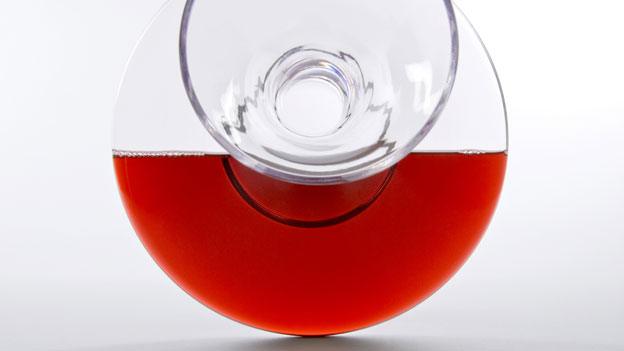Toxic paint levels at playgrounds, research suggests
- Published

Paint on playground equipment has been found to contain high amounts of the toxin lead - up to 40 times recommended levels, research suggests.
The study - published in the journal Science of the Total Environment - said the levels may pose a significant risk to young children.
Scientists from Plymouth University tested the content of paints on play equipment at 50 parks in England.
Expert Dr Andrew Turner said the levels were "completely avoidable".
Lead is listed among the top 10 "chemicals of major public health concern", by the World Health Organization (WHO).
'More dangerous'
European rules drawn up in 1977 suggest paint for playgrounds should contain no more than 0.25% lead.
But in one park in Plymouth, which was built in 2009, playground equipment recorded a 10% presence of the chemical element.
Dr Turner said the general consensus in the US and many European countries today was for paint to have a lead level of around 0.009%.
"You'd expect the older playgrounds to be more dangerous as people have become more aware of the dangers of lead, but our findings suggest that this isn't the case," Dr Turner told the BBC News website.
"While our tests have focused on the south of England, there is no reason to suggest its results would not be replicated across the UK and further afield."
The presence of lead is more of a danger to children than adults, as their bodies are still developing.
The accumulative effects of ingesting lead can cause neurological and cognitive problems.

Dr Turner's study looked at play parks across Cornwall, Devon, Hampshire and Somerset, but he said he expected his findings to be the same all over the UK.
The presence of other chemicals such as cadmium - also listed in WHO's top 10 chemicals of concern - were also found in playground paint.
He said his message to parents was "be vigilant", and make sure their children wash their hands after playing on equipment.
"Some children tend to experience the world through putting things in their mouth so parents have to be on the lookout for that too," he said.
He also said stricter controls should be applied to domestic and imported paints used for playgrounds - and for equipment that is pre-painted before installation.
The highest concentrations of lead generally occurred in yellow or red paints, the study found.
- Published21 April 2014
- Published12 October 2014
